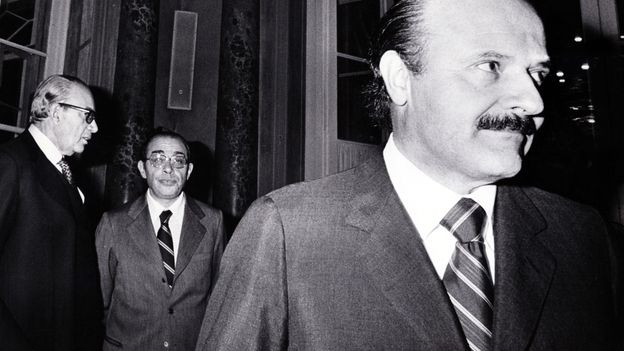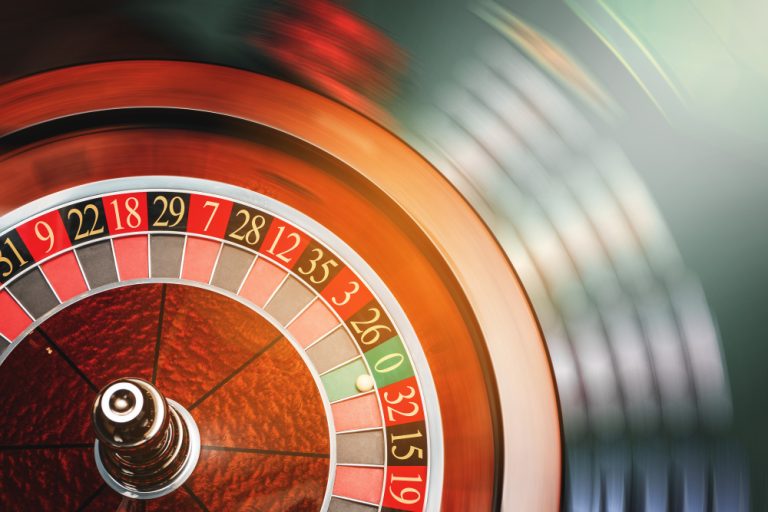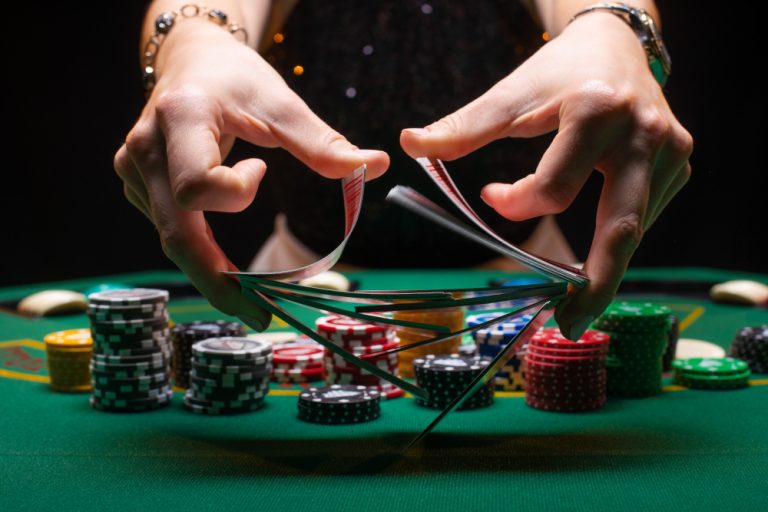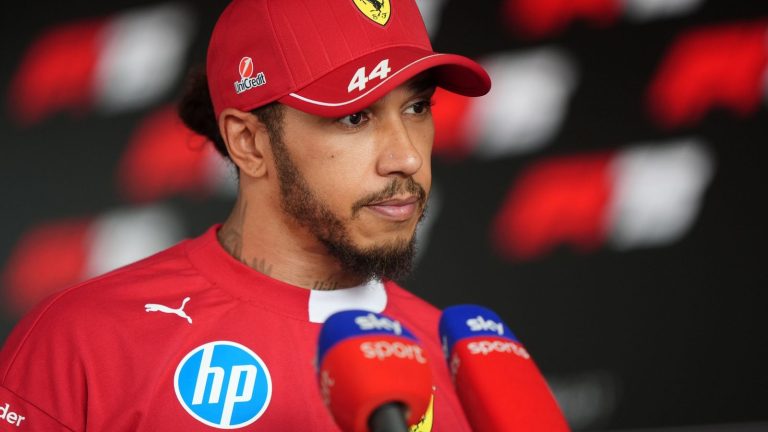 Getty Images
Getty ImagesForty-three years ago this week, the BBC reported on the death of Roberto Calvi, an Italian banker whose body was found in strange circumstances in the centre of London. His bank was linked to the Vatican, a masonic group and the Mafia – and his murder left many unanswered questions.
Roberto Calvi was the chairman of the prestigious Banco Ambrosiano, the largest private bank in Italy. He was so closely connected to the Roman Catholic Church that he was known as “God’s Banker”.
Warning: This article contains references to suicide and murder
But in June 1982, the 62-year-old Calvi went missing. And on the morning of 18 June, his body was discovered hanging beneath Blackfriars Bridge in London.
“Calvi was at the centre of an incredibly complex web of international fraud and intrigue,” reported the BBC’s Hugh Scully. “It involved the Italian banking world, the underworld, the Mafia, Freemasonry and, most startling of all, the Vatican.” The banker’s death would trigger a wide-ranging political and financial scandal in Italy. It would involve the disappearance of millions of dollars, and leave behind an enduring mystery.
Calvi had been missing for nine days before he was discovered hanging from scaffolding beneath the bridge. But it was the strange circumstances of his death that puzzled UK police. His pockets were stuffed with bricks, and with some £10,000 ($14,000) in cash in multiple currencies. He also had a fake passport bearing the name Gian Roberto Calvini. Despite this, the initial coroner’s report in July 1982 found no evidence of foul play on his body, so ruled that the banker had taken his own life. But even at the time there was suspicion that something far darker was afoot.
“Calvi’s last journey was hardly that of a man contemplating suicide,” said Scully. “Indeed, he had made the most elaborate plans to get out of Italy secretly.” The banker had shaved off his moustache to avoid being recognised before disguising his route out of Italy by going through other countries first and hiring a private plane to spirit him to London. “He had taken a one-month lease on a flat in Chelsea and then there was a false passport and an airline ticket,” Scully continued. “Inside the passport was a current visa for Brazil and the airline ticket was for a one-way ticket to Rio de Janeiro. Why, you might ask, go to all those lengths simply to finish up on the end of a rope under Blackfriars Bridge?”
Calvi’s was not the only unexpected death at Banco Ambrosiano. The day before his body was found, his personal secretary Teresa Corrocher had also apparently jumped to her death from the fourth floor of the bank’s headquarters in Milan. She left behind a note condemning her boss, writing that he should be “twice cursed for the damage he caused to the bank and all its employees”.
Calvi and his bank had operated in a murky world where finance, organised crime, politics and religion overlapped. Founded in 1896, Banco Ambrosiano had a long history with the Catholic Church – and the Institute for Religious Works (IOR), often known as the Vatican bank, had become its main shareholder. IOR holds the bank accounts of the Pope and the clergy, but it also manages the church’s financial investments. Because the Vatican is its own country, Italian regulators have no control or oversight of the IOR.
Mafia connections
“The Vatican is entirely free of exchange controls and other government regulations; secrecy is everything,” said Scully. “The Vatican has to account to no one for its financial dealings, and enormous sums of money can be sent anywhere in the world without anyone knowing about it other than those directly involved.”
Through his role as head of Banco Ambrosiano, Calvi had forged close ties with his opposite number in the IOR, its chairman Archbishop Paul Marcinkus. In turn, this American priest had financial connections and associates that raised eyebrows. “Best known of these was Michele Sindona, an international banker with mafia connections who is now serving a 25-year jail sentence for fraud in the US,” said Scully. Sindona, who was known in banking circles as “the Shark”, would later be transferred to prison in Italy where he would meet his own suspicious end in 1986, after drinking coffee laced with cyanide.
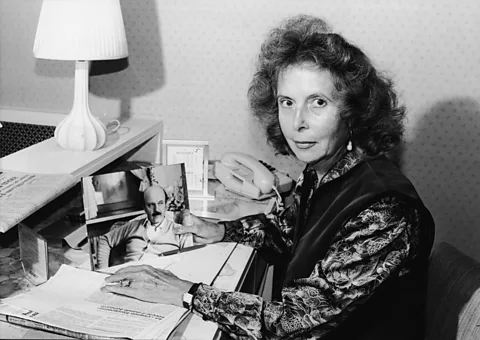 Getty Images
Getty ImagesSindona had mentored Calvi in his banking career since the late 1960s, and they both belonged to a shadowy masonic lodge called Propaganda Two (P2). The masonic group was linked to extreme right-wing groups and was run by Italian multi-millionaire and avowed fascist Licio Gelli. It counted leading figures in the armed forces, politics, business and newspapers among its members. An Italian journalist, Count Paolo Filo della Torre, told the BBC in 1982 that while P2 was theoretically a masonic lodge, it “practically was something very much associated with [the] mafia and with all sorts of dirty dealings”.
In March 1981, Italian police raided Gelli’s offices and discovered in a safe a list of hundreds of alleged P2 members, including politicians, military officers and media tycoon and future prime minister Silvio Berlusconi. The revelation caused a political explosion. The Italian prime minister Arnaldo Forlani and his whole cabinet resigned, a police chief shot himself, and a former minister was rushed to hospital after taking an overdose.
The police raids also uncovered compromising documents that implicated Calvi in fraudulent practices and illegal offshore operations. By May 1981, the banker had been arrested and found guilty of currency violations. He was sentenced to four years in prison but was released on bail while pending appeal. Calvi used this as an opportunity to skip the country with a briefcase full of damning documents about Ambrosiano’s activities. Within days of his arrival in London his bank had collapsed, leaving behind huge debts.
Missing billions
“Before Roberto Calvi disappeared, Italian investigators discovered that $1.5bn was missing from his bank,” said Scully. “It’s now believed that this money was sent abroad through the Vatican bank which escapes Italian exchange controls. Some of that money was lent to South American countries at low interest rates as directed by the Catholic Church. The rest was put into ghost companies in Luxembourg and South America from where it was returned to Italy to buy shares for Calvi in the Banco Ambrosiano. By this method he was able to use bank funds to build up his own personal fortune.”
Marcinkus was also sought for questioning but was granted immunity as a Vatican employee, and he maintained his innocence of any wrongdoing. The Vatican never admitted any legal responsibility for Banco Ambrosiano’s collapse, but in 1984 said it had a moral responsibility for the bankruptcy and made a voluntary contribution to the bank’s creditors of $406 million.
Investigators believed that the shell companies that Calvi had set up were being used to move money both to support secret political activities in other countries and to launder money for clients such as the mafia. “Police investigations of Calvi’s affairs thus threaten many powerful people in Italy and some think provided a motive for his murder,” said Scully.
Filo della Torre, who knew Calvi, told the BBC in 1982 that he believed the banker had been killed, and that his body being left under Blackfriars Bridge indicated masonic symbolism. He said that P2 members wore black robes to their meetings and referred to themselves as “frati neri“, Italian for “black friars”. When Scully said that this made Calvi death’s sound “like something out of the Borgias”, the Italian journalist replied: “I’m afraid it does very much. We are going back in [a] sort of Italian tradition.”
Calvi’s family also refused to accept the suicide ruling, which was overturned in 1983 when a second inquest delivered an open verdict on the death. But his family, including his widow, Clara Calvi, kept pushing for the police to investigate, hiring their own private investigators and forensic experts to look into the banker’s death. After Calvi’s body was exhumed in 1998, evidence mounted that he could not have killed himself. Forensic tests showed that injuries to his neck were inconsistent with death by hanging, and that Calvi’s hands had never touched the bricks in the pockets of his clothes. In October 2002, Italian judges concluded that the banker had indeed been murdered.
An Italian police investigation was launched, and in October 2005, five people went on trial in Rome, charged with Calvi’s murder. The prosecutor, Luca Tescaroli, argued that the banker had been murdered for stealing Mafia money which he was meant to launder, and that Calvi was planning to blackmail several other prominent people, including politicians.
In June 2007, after a 20-month trial, Sardinian financier Flavio Carboni, his former girlfriend Manuela Kleinszig, Roman entrepreneur Ernesto Diotallevi, Calvi’s former driver bodyguard Silvano Vittor, and convicted Cosa Nostra treasurer Pippo Calo – who was serving two life sentences for unrelated Mafia crimes – were all acquitted of any involvement in Calvi’s death. Speculation remains about who commissioned and ultimately carried out the killing of the Italian banker, but to date no one has been convicted.
For more stories and never-before-published radio scripts to your inbox, sign up to the In History newsletter, while The Essential List delivers a handpicked selection of features and insights twice a week.
